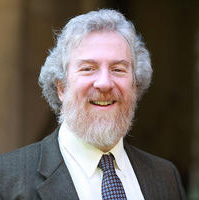Preparing for Seder Part 3—Visual Midrash on the Four Children

The four children (formerly known as the four sons) are among the most provocative part of the seder—for children provoke their parents. That is why Elijah is needed to restore peace between the generations. The evolution of the text as we find it in our Haggadah is complex, and interesting explanations can be found in the recent JTS collection of Sound Bytes of Torah for Passover on YouTube. I have long been fascinated by the interpretation in imagery that offers four books, presumably each book representing one of the four “types” of child. But which one is which? Please take a moment to look at this image and make your own selection.
I believe that a case can be made that any of the books can represent any of the children. The book on fire can represent the passion of learning of the “wise” child, or the burning resentment of the “wicked” one; it might be the impassioned silence of the one who “knows not how to ask,” or the inner serene joy of the tam (the “perfect/complete” one, as an alternate rendering from “simple”).
The blank page might be the tabula rasa of the very young child, open to receive impressions and teachings, or might be the unwillingness of the “wicked” to allow any impression to be made. It could be the wise one who has moved in understanding beyond what can be conveyed in text, or the open simplicity of a child looking beyond the details on the page. I’m sure everyone can construct their own analyses of the remaining two books in the illustration.
Let us now look at this image found in A Feast of Freedom (a Haggadah published by the Rabbinical Assembly), which offers an image that suggests that each “total child” really embodies all the characteristics.
Perhaps that will be the gift of Elijah, and perhaps this can be a guide for us as we craft the seder experience to share with family and friends. We cannot be truly moved by words alone; the offerings and inspirations of the arts deepen our insight and open our hearts. We are not simple, and our children defy any easy or simplistic attempt at labeling or classification. The seder invites us to experience our own liberation, which might occur as we release others from the preconceptions with which we picture them.
As always, I am interested in hearing comments and reflections on these thoughts about prayer and liturgy. You may reach me at sabarth@jtsa.edu.



